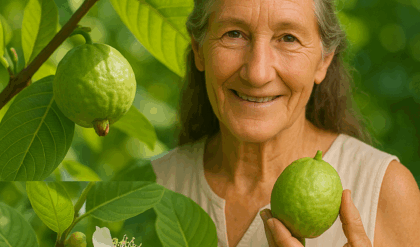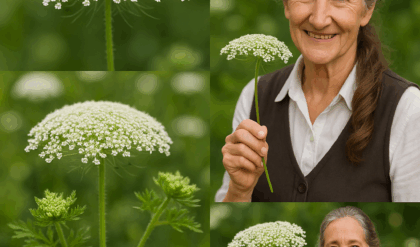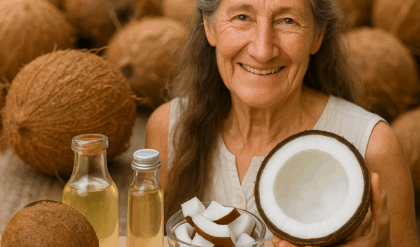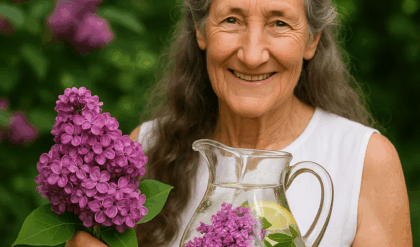At first glance, Lesser Celandine is a cheerful spring bloom that carpets the ground with shiny, yellow flowers. But behind its beauty lies a plant with a long history of use—and a strong need for caution. Known as pilewort in old European herbal traditions, this plant was once relied upon for conditions like hemorrhoids and skin irritations.
Today, modern herbalists recognize both its potential and its risks. If you’re curious about lesser celandine, here’s what you need to know to explore its benefits safely and responsibly.
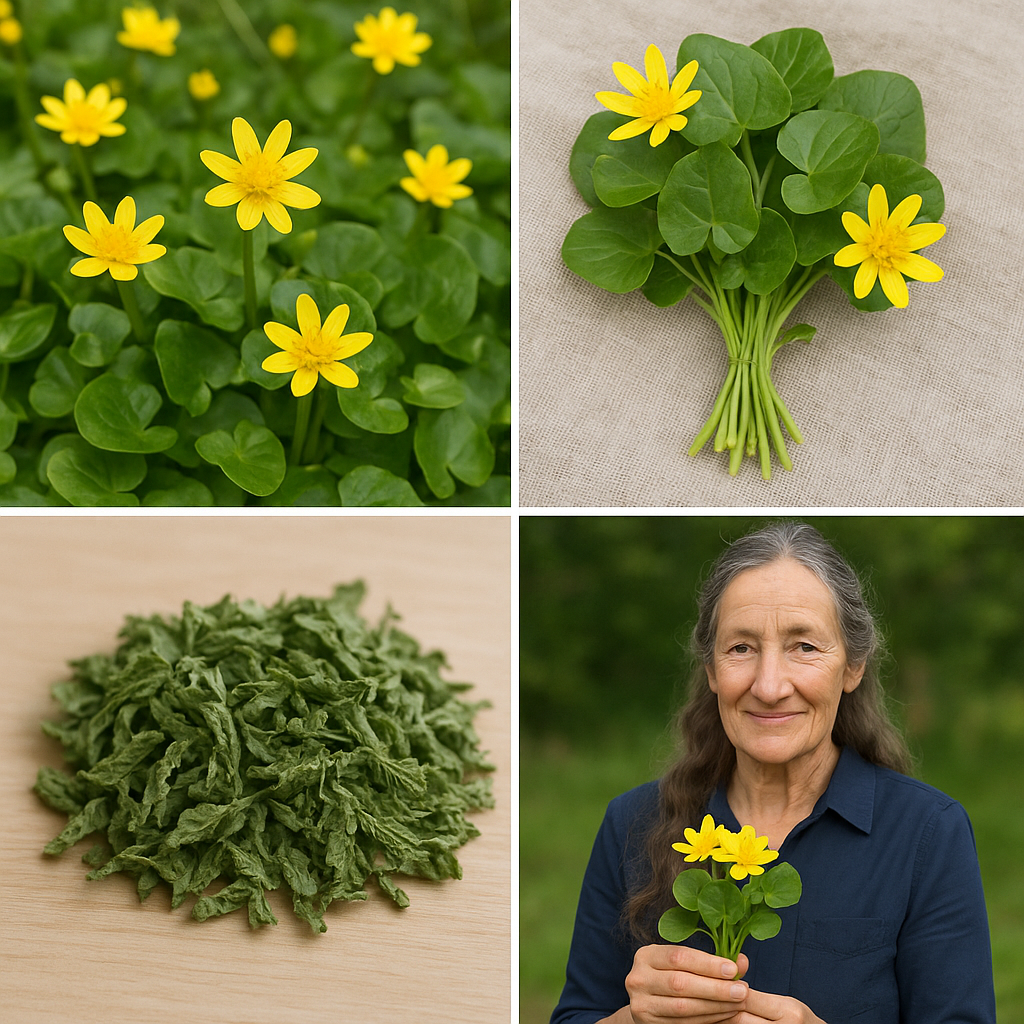
🌿 What Is Lesser Celandine?
Lesser Celandine (Ficaria verna, formerly Ranunculus ficaria) is a spring-blooming perennial in the buttercup family. It grows low to the ground and thrives in moist, shady areas. With its glossy, heart-shaped leaves and golden flowers, it’s often admired but misunderstood.
Historically, this plant was a staple in spring detox rituals and a go-to remedy for hemorrhoids—earning its folk name “pilewort.” However, fresh plant use can be dangerous due to its natural toxins.
🌟 Top Benefits of Lesser Celandine (When Used Properly)
🪑 1. Soothes Hemorrhoids (Piles)
Its most famous use: topical sitz baths and salves made from dried or boiled plant matter to reduce swelling, ease pain, and support healing of external hemorrhoids.
🌿 2. Astringent Action
Compounds like tannins help tighten skin tissues and dry out irritated or weeping areas. This makes it helpful in traditional salves for skin affected by moisture or irritation.
🧴 3. Speeds Wound Healing (External Use Only)
When dried and infused or applied as a cooled decoction, Lesser Celandine may help promote skin healing for minor cuts, bruises, or rashes.
🦵 4. Folk Support for Varicose Veins
In European herbal practice, Lesser Celandine was used in ointments for surface-level varicose veins—valued for its ability to reduce inflammation and stimulate local circulation.
🍵 5. Spring Cleansing Tonic (Dried Plant Only)
Tiny, carefully prepared doses of dried Lesser Celandine were once part of springtime cleansing rituals, used to support digestion and stimulate liver activity after a heavy winter diet.
💧 6. Calms Inflamed Skin
Infused into oil or used in a cooled bath, Lesser Celandine was sometimes employed to ease surface-level swelling and discomfort from bruises or sensitive skin areas.
⚠️ Why Lesser Celandine Demands Caution
Despite these benefits, Lesser Celandine is toxic when fresh and should never be used raw or eaten uncooked.
🔥 1. Fresh Plant Is Toxic
It contains protoanemonin, a caustic compound that can cause burning, blistering, nausea, and vomiting. Even handling the raw plant can irritate sensitive skin.
💨 2. Must Be Heated or Dried
Boiling, drying, or long-term infusion deactivates the toxin, converting it to a safer form. This is why historical remedies always relied on decoctions or salves—not raw leaf or juice.
🚫 3. Never Use Internally Without Supervision
Even after processing, internal use is controversial and generally discouraged. Many herbalists today avoid recommending it for ingestion due to the risk.
🧪 4. Can Trigger Allergic Skin Reactions
Topical use—even of the dried form—should be patch tested first. Individuals with sensitive skin may still react.

🧴 Safe Ways to Use Lesser Celandine (External Only)
🛁 Sitz Bath for Hemorrhoids
Boil a handful of dried Lesser Celandine leaves in water for 10 minutes. Strain and add the liquid to a warm sitz bath. Soak for 15–20 minutes to reduce swelling and discomfort.
🧴 Healing Salve for Skin Irritations
Infuse dried leaves in olive oil for 2–3 weeks. Combine with beeswax to create a gentle ointment for irritated skin, surface bruising, or varicose veins.
🧺 Poultice for Minor Wounds (Dried Leaves Only)
Rehydrate dried leaves in hot water, then mash and apply to minor skin inflammation. Cover with cloth for 15–30 minutes. Avoid open wounds.
💡 Important Tip: Never apply fresh, raw plant material to the skin. Always use dried or fully heated versions.
🔎 How to Identify Lesser Celandine Safely
- Small, heart-shaped, glossy leaves
- Low-growing with bright yellow, daisy-like flowers (usually 8–12 petals)
- Blooms in early spring, often carpeting forest floors
- Do not confuse with Greater Celandine (Chelidonium majus)—a different plant altogether
🧠 Final Thoughts: A Beautiful Yet Cautionary Herb
Lesser Celandine is a perfect example of nature’s dual nature—powerful and potentially harmful. While traditional use celebrated it as a remedy for hemorrhoids and skin swelling, it’s essential to respect its toxicity and approach it with care.
If you’re drawn to herbal remedies and natural skincare, there are safer modern herbs to explore first. But if you choose to work with Lesser Celandine, do so with proper preparation, trusted identification, and awareness of its risks.

